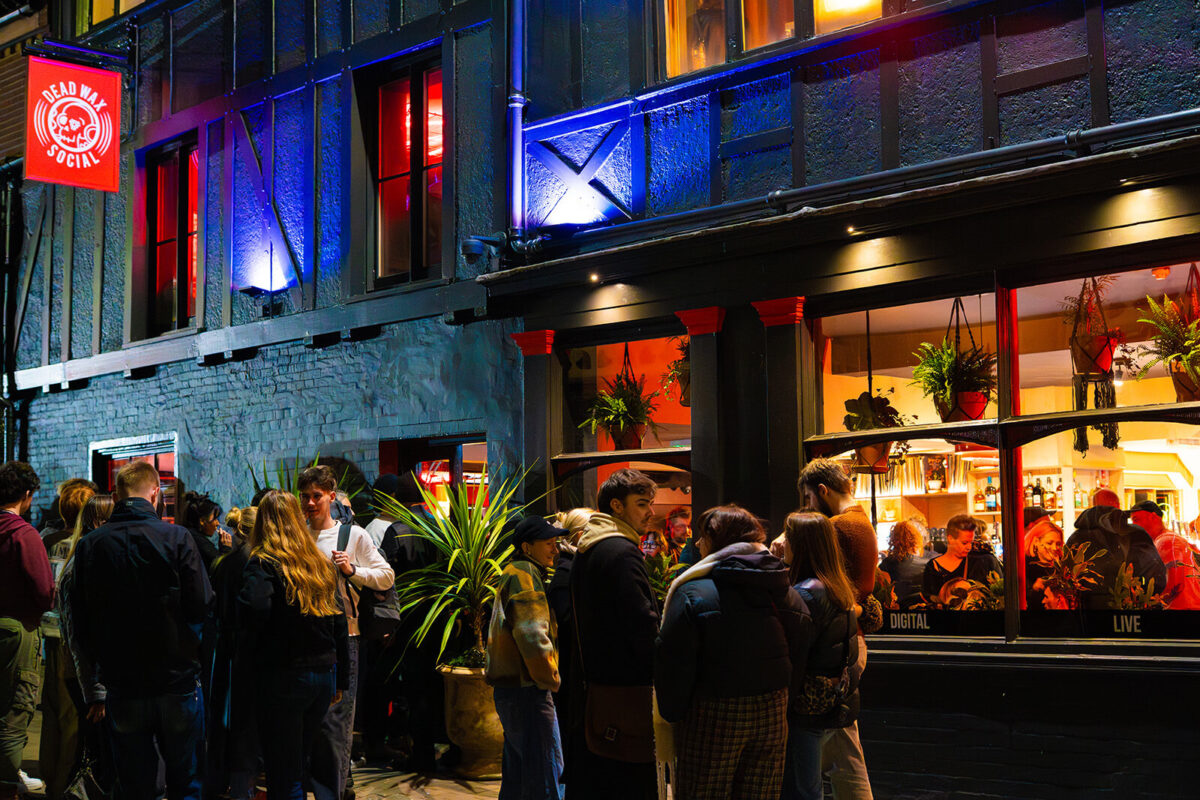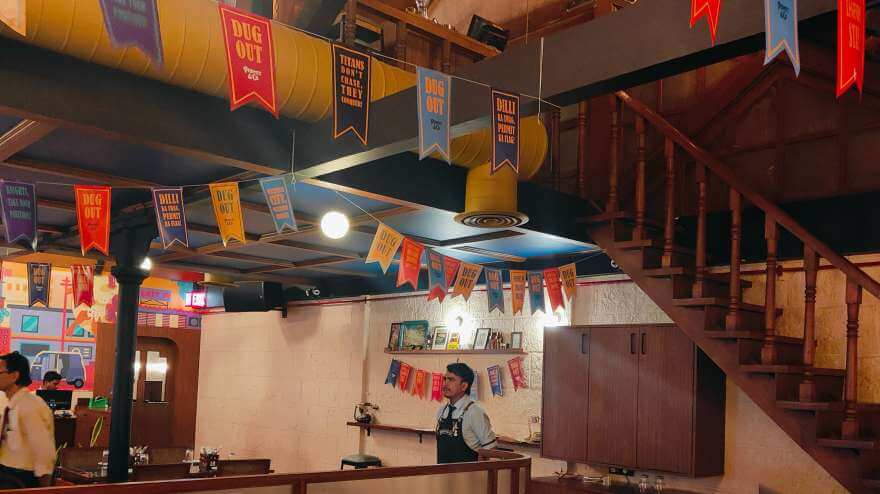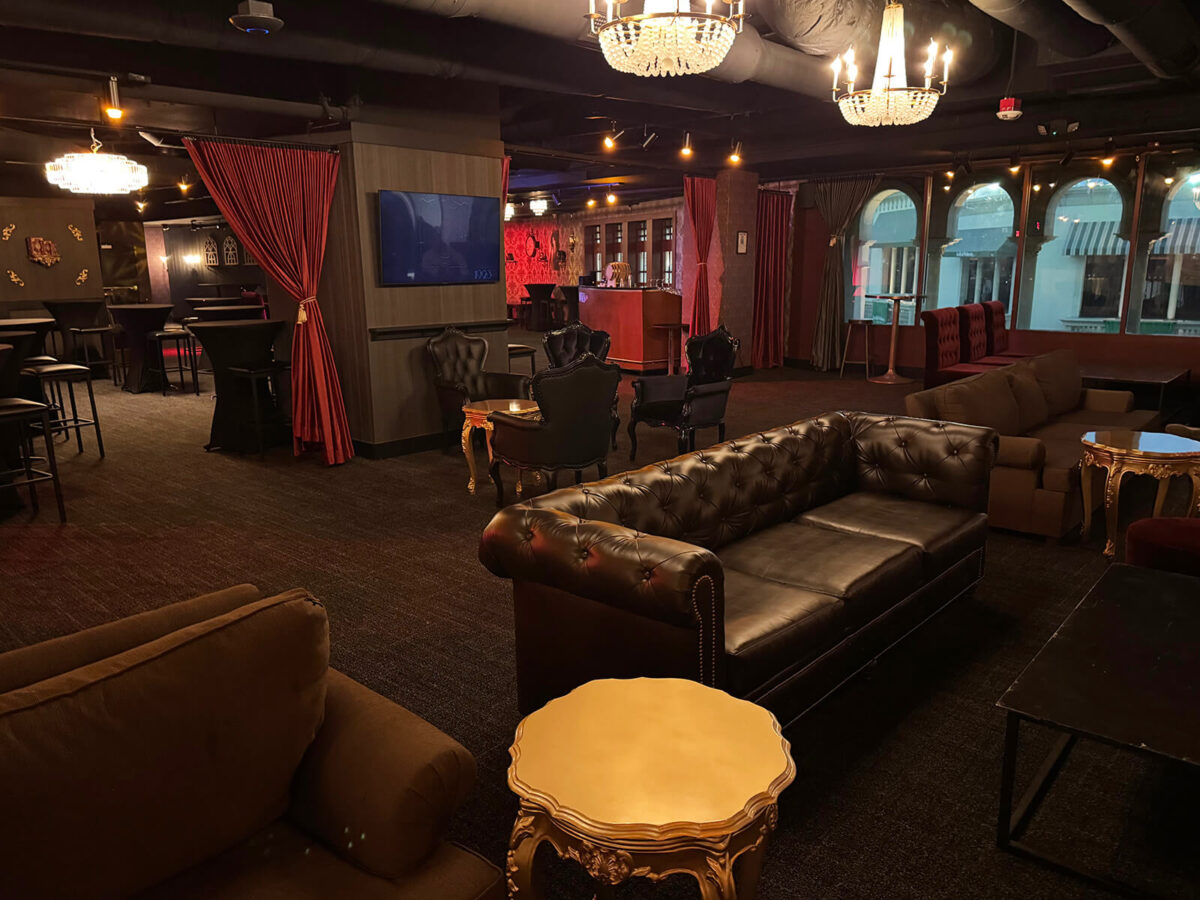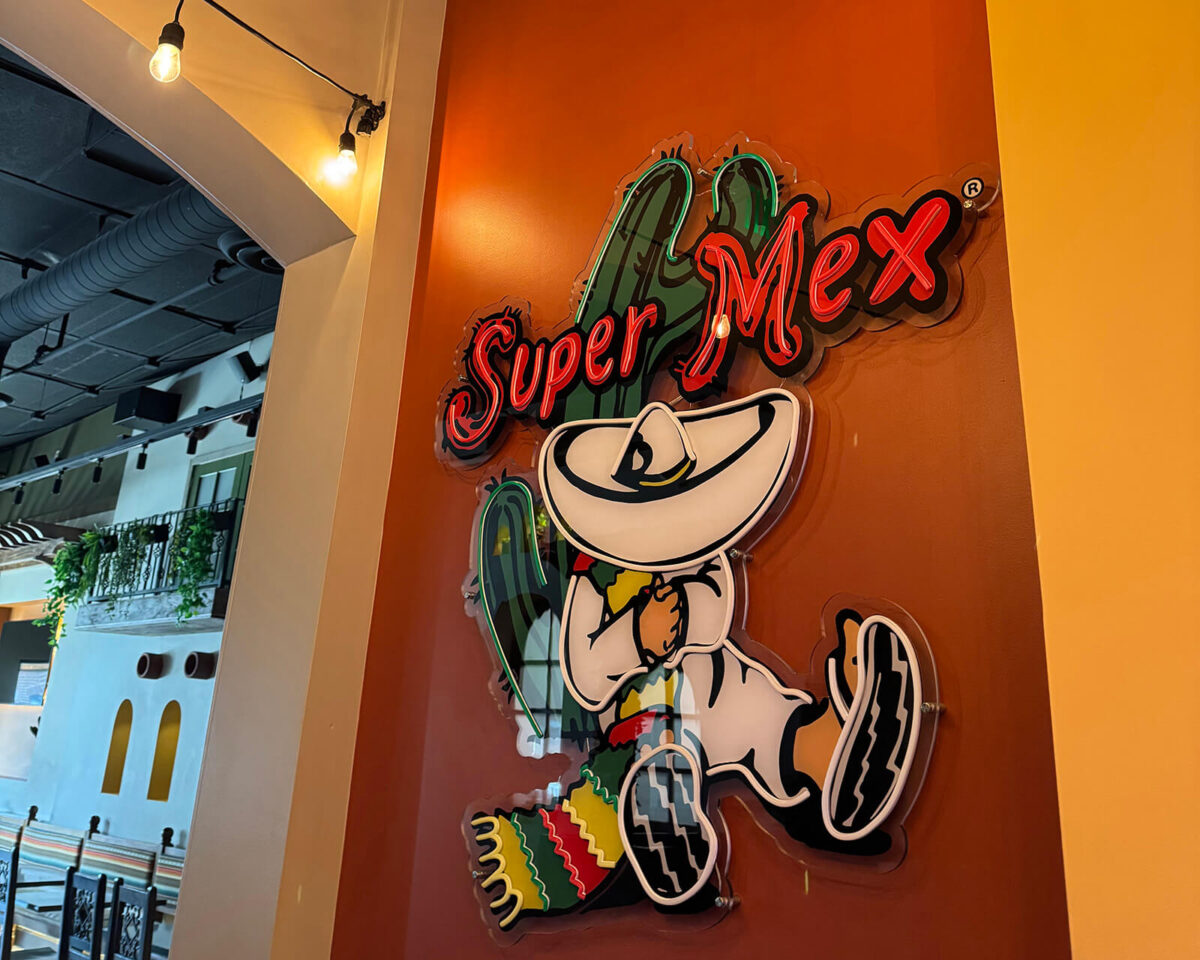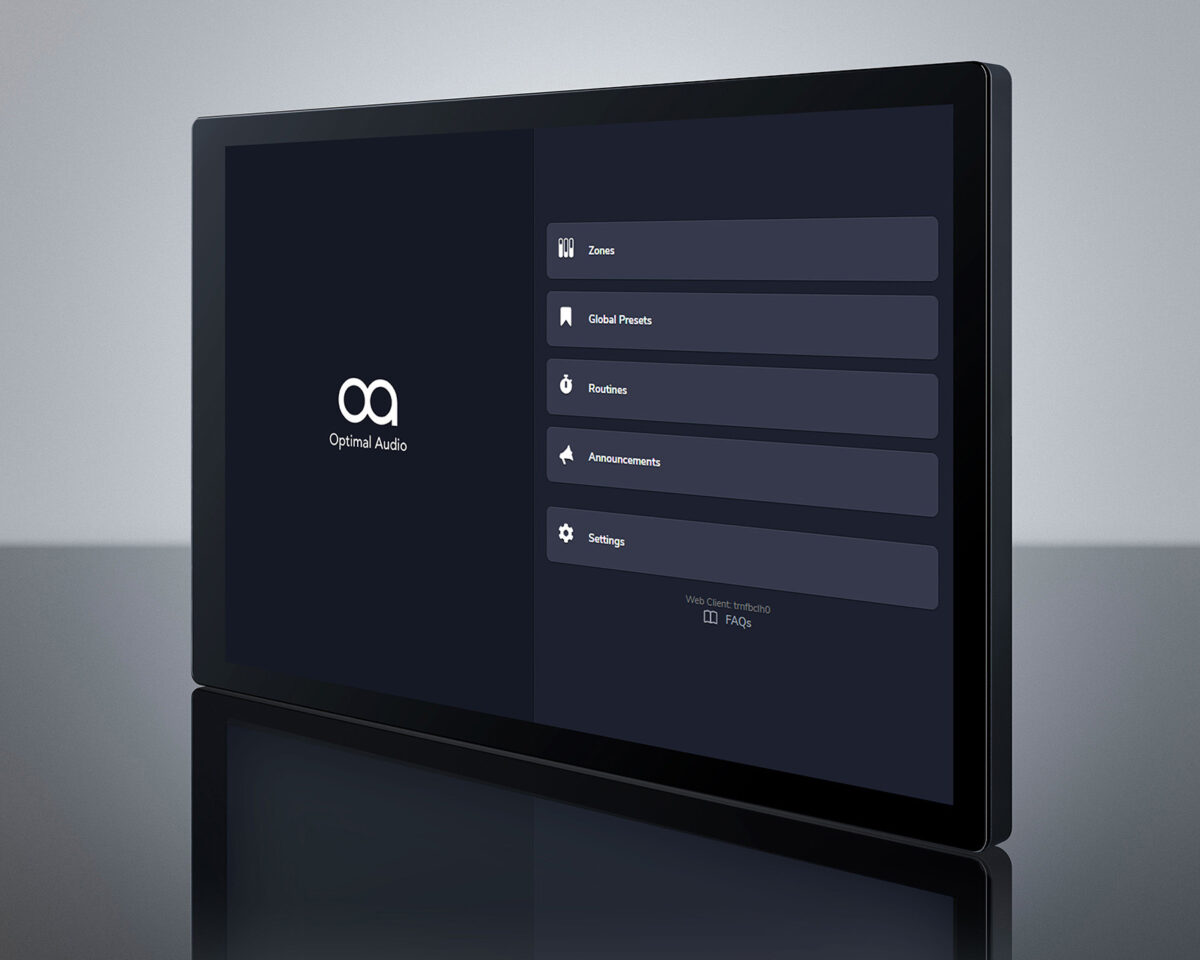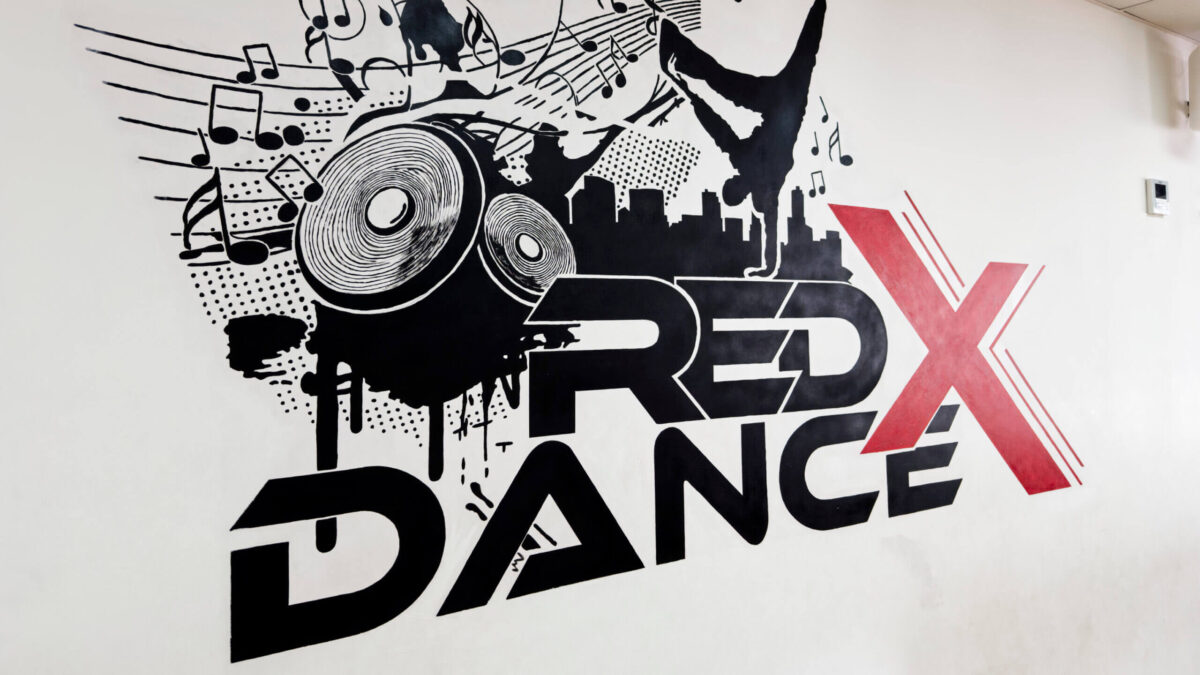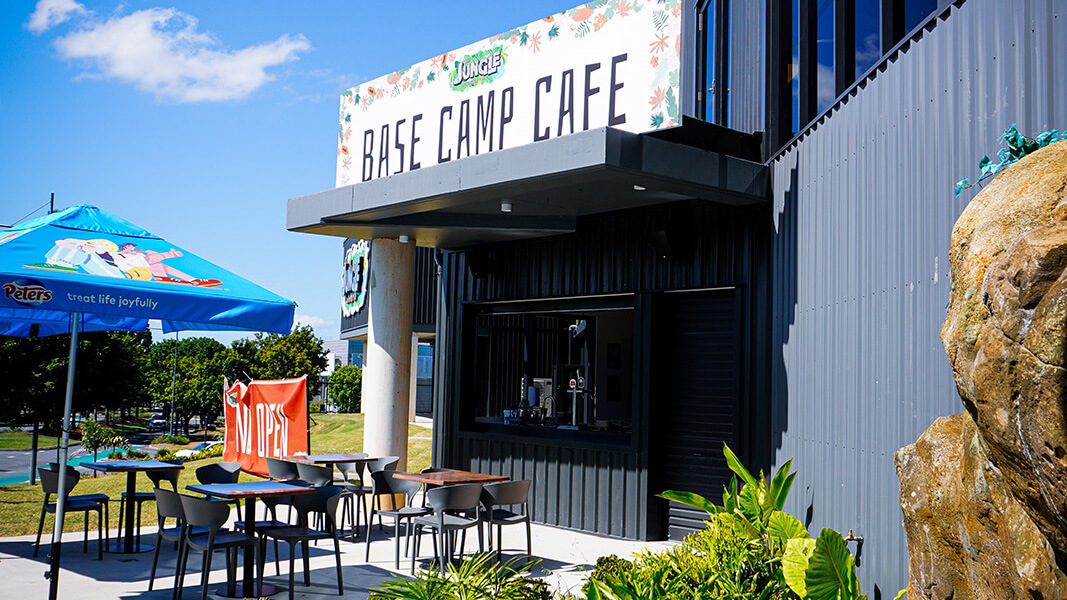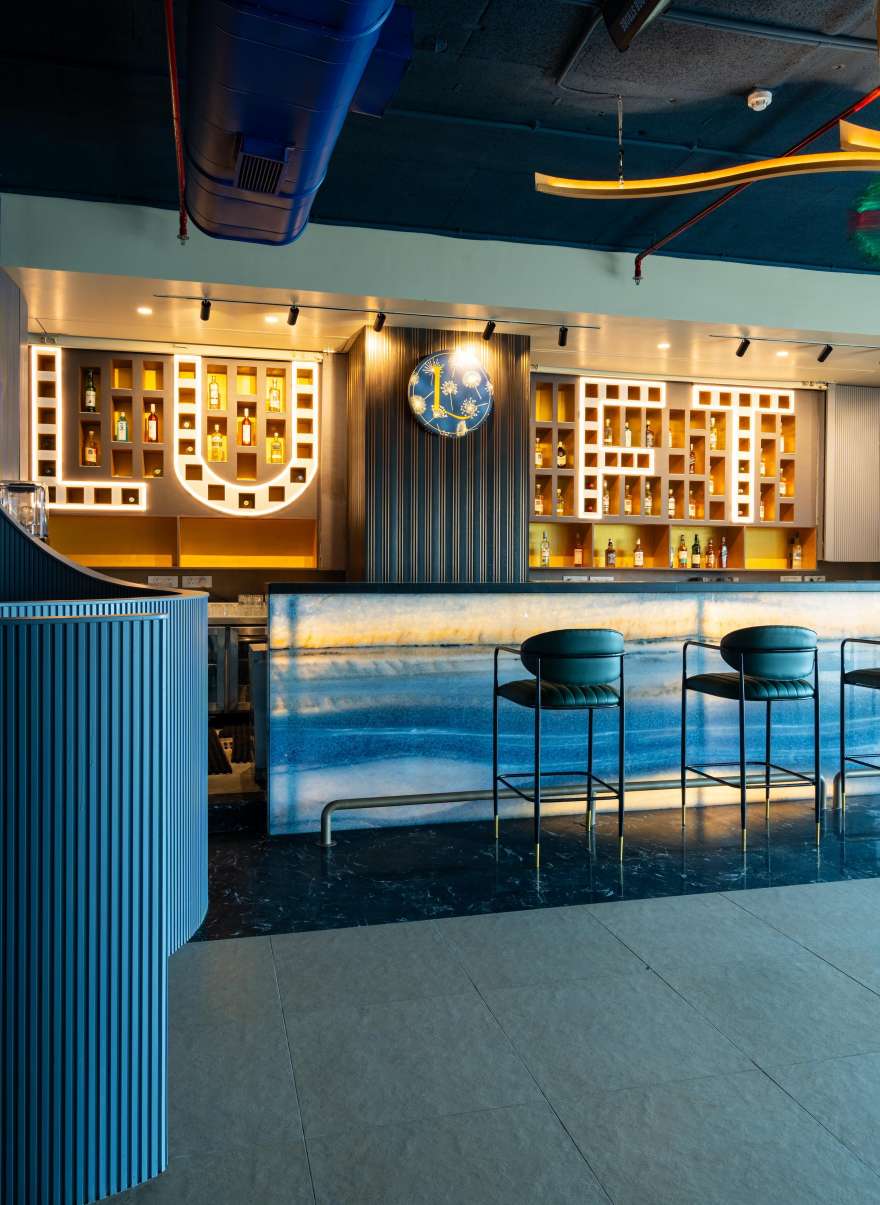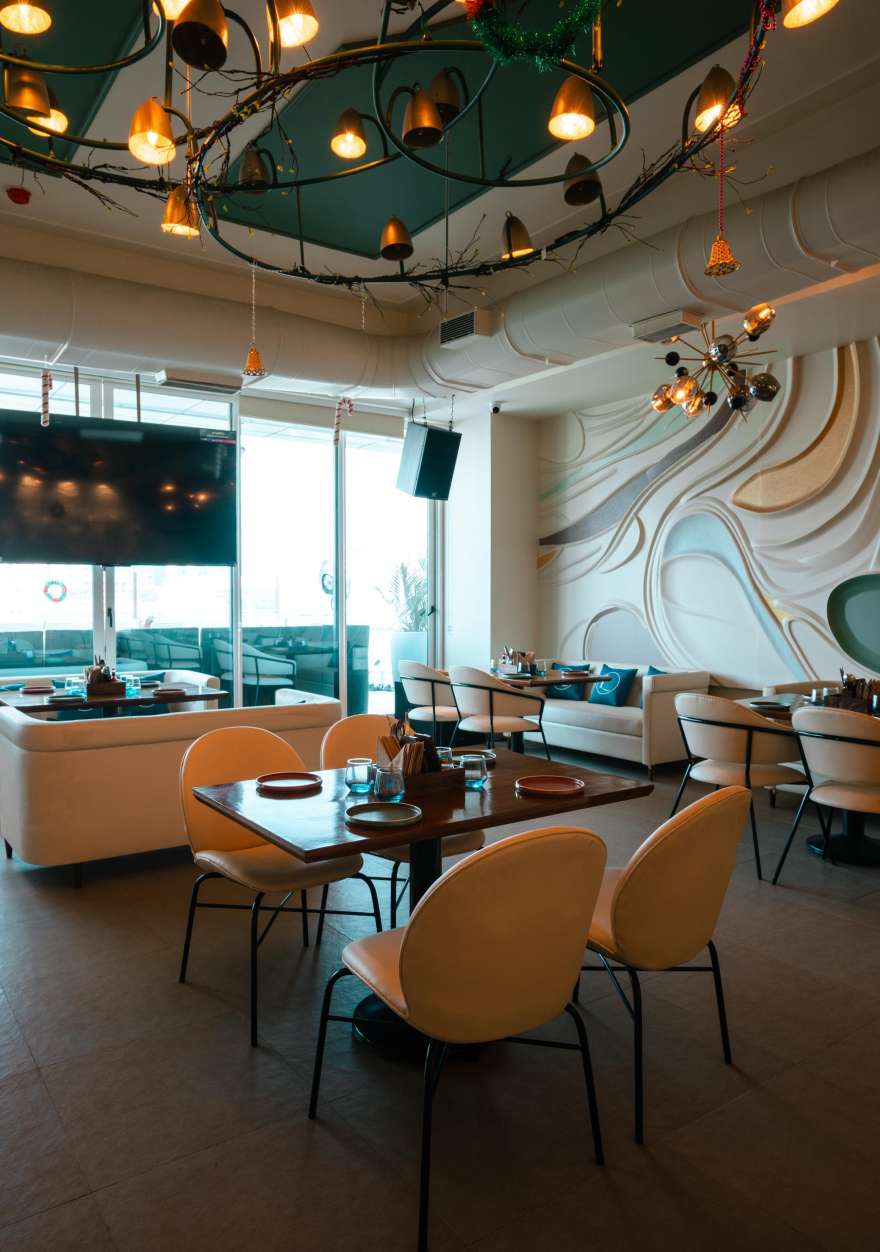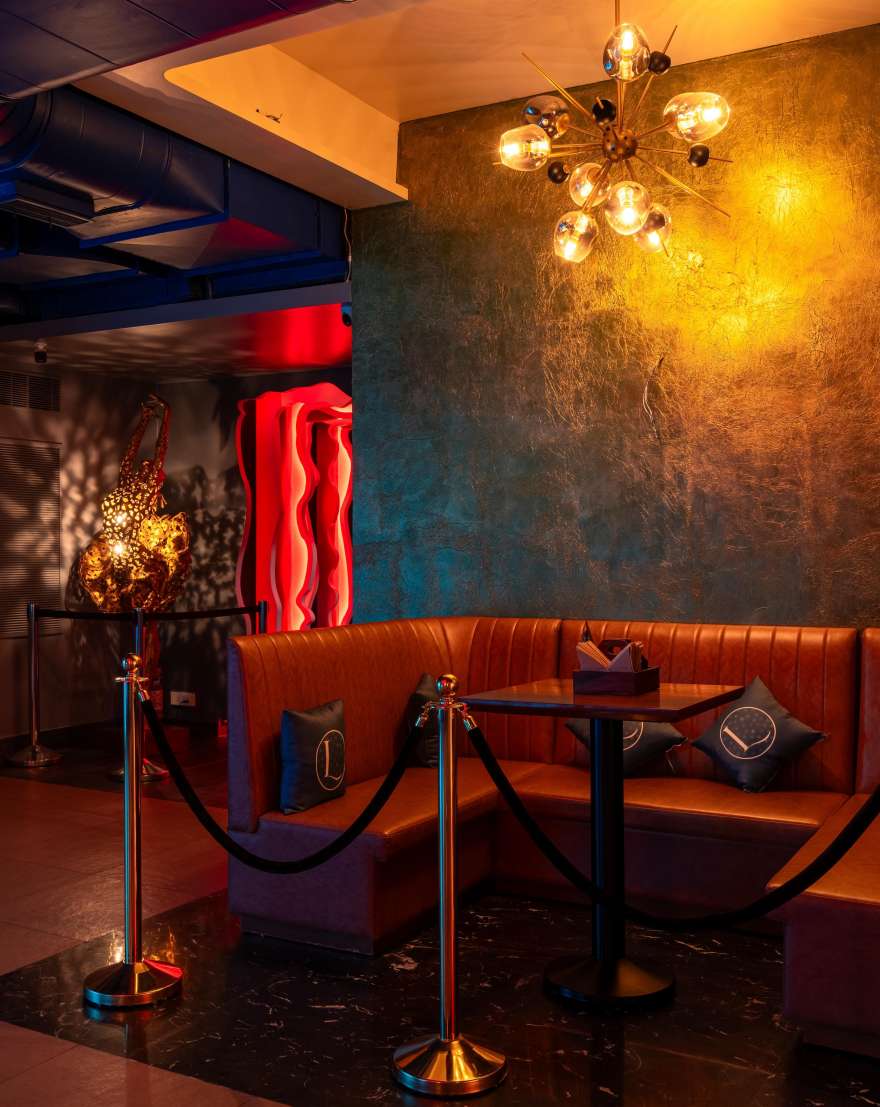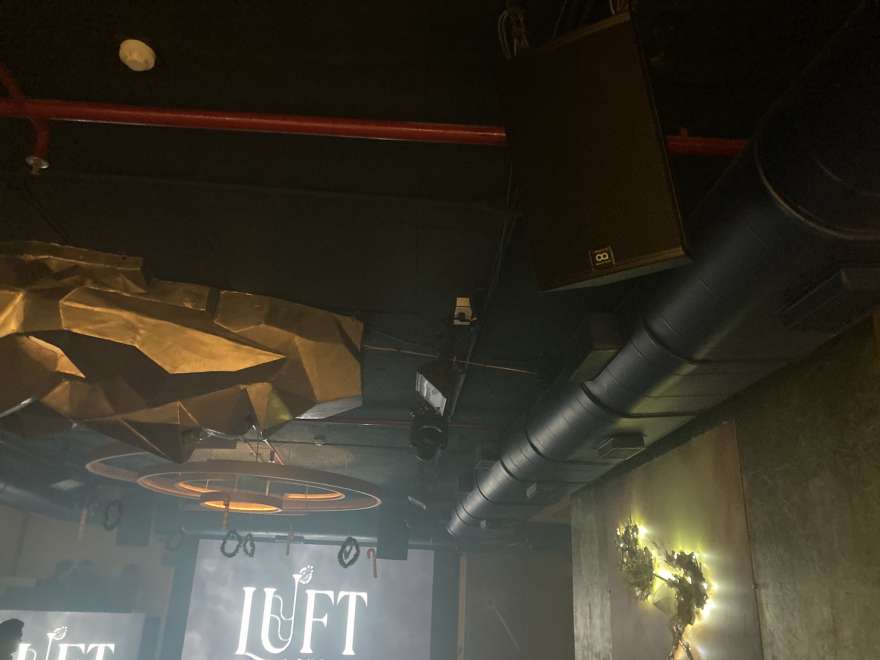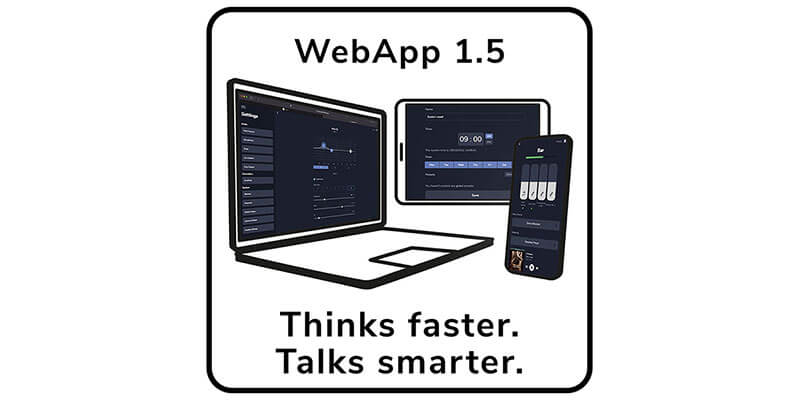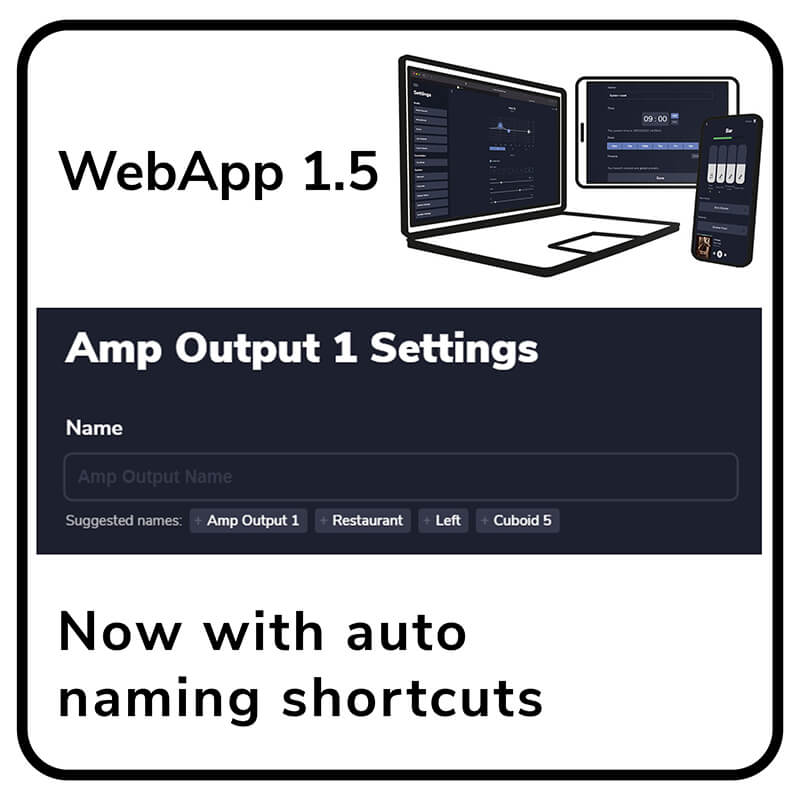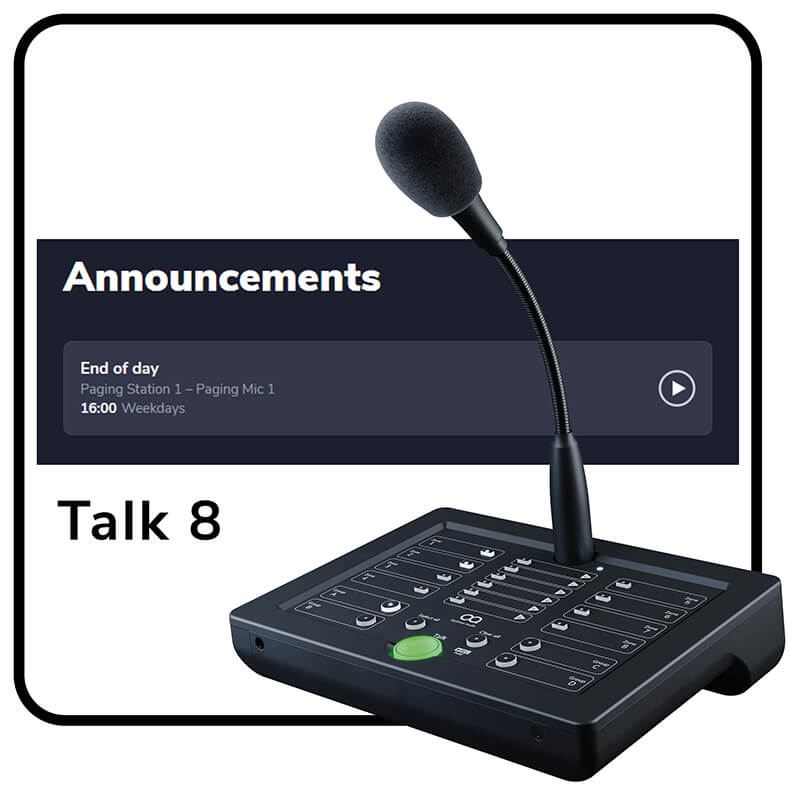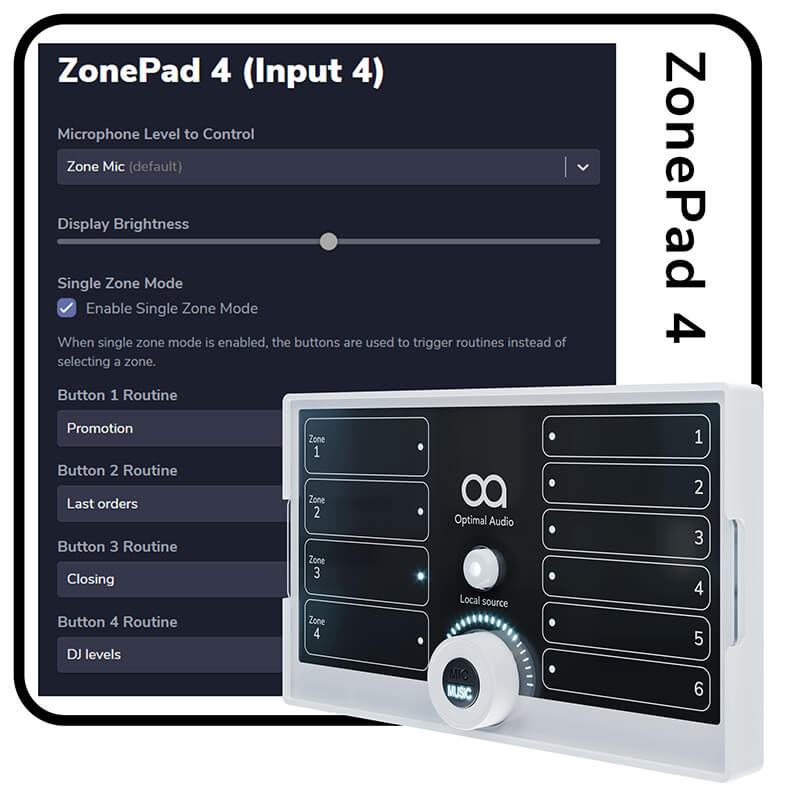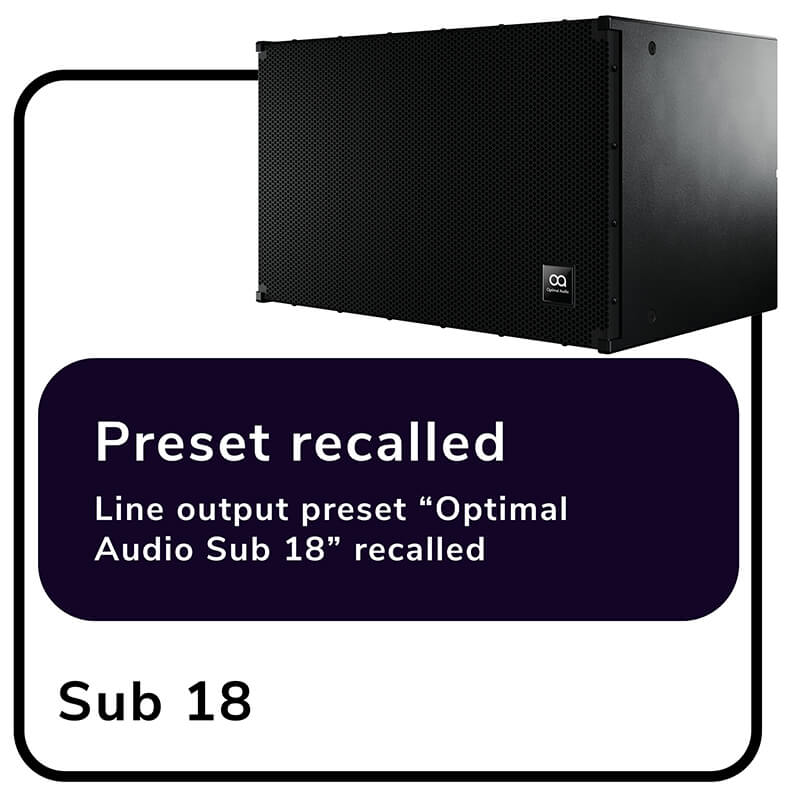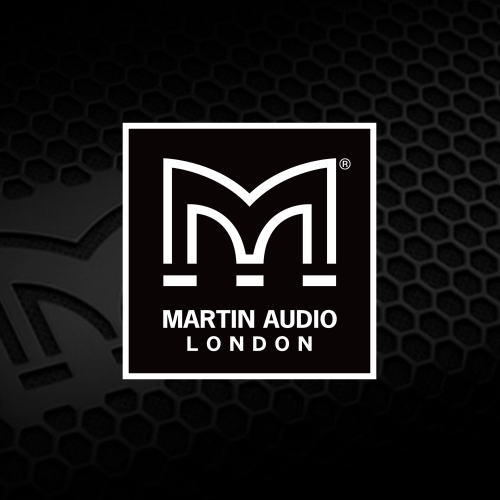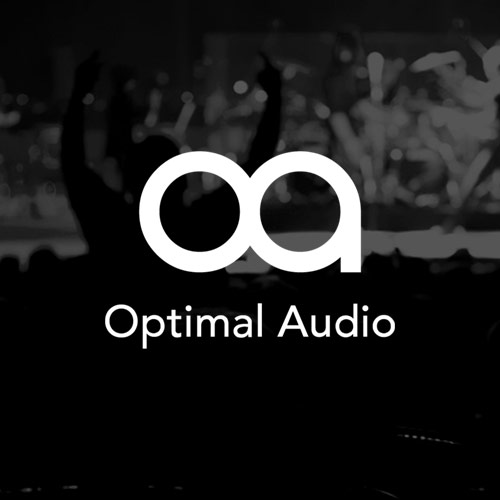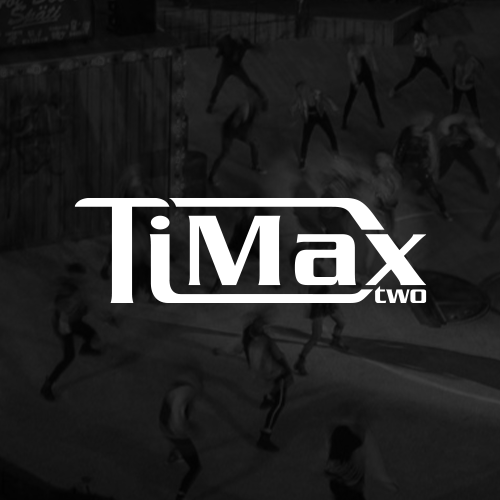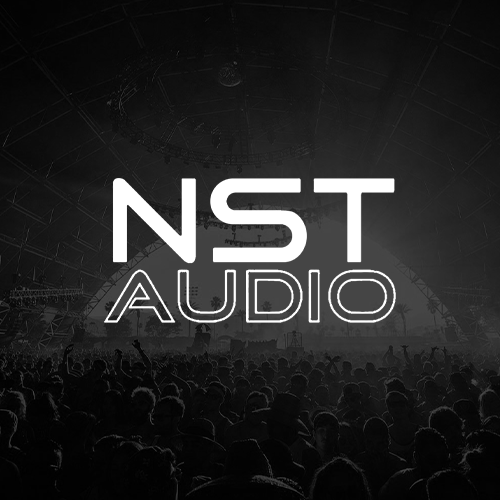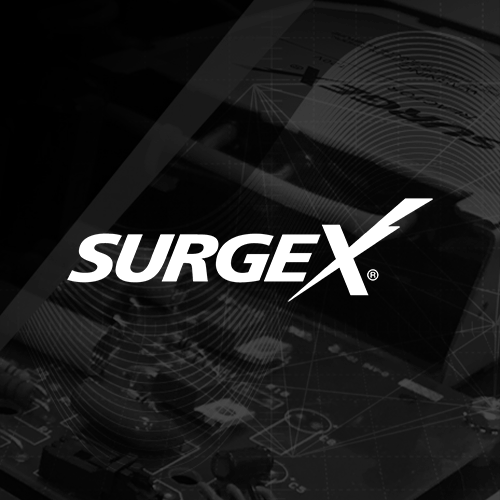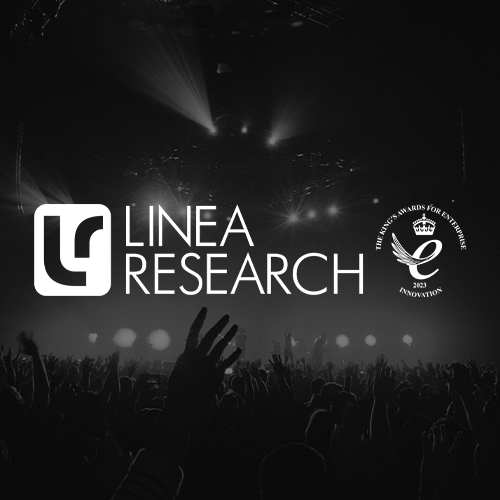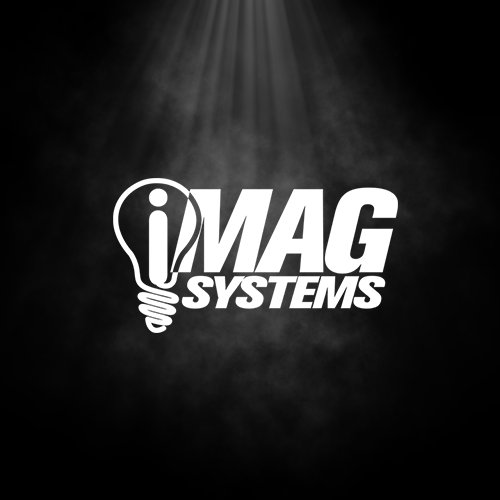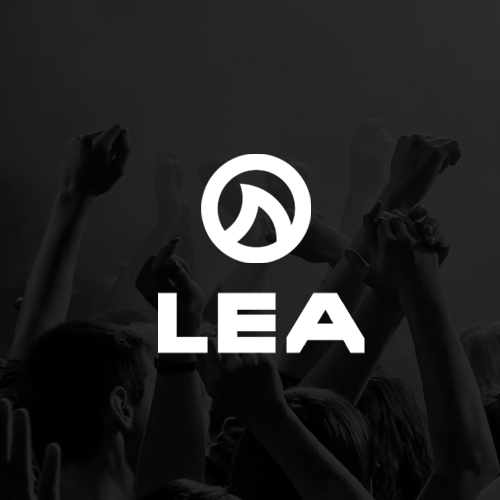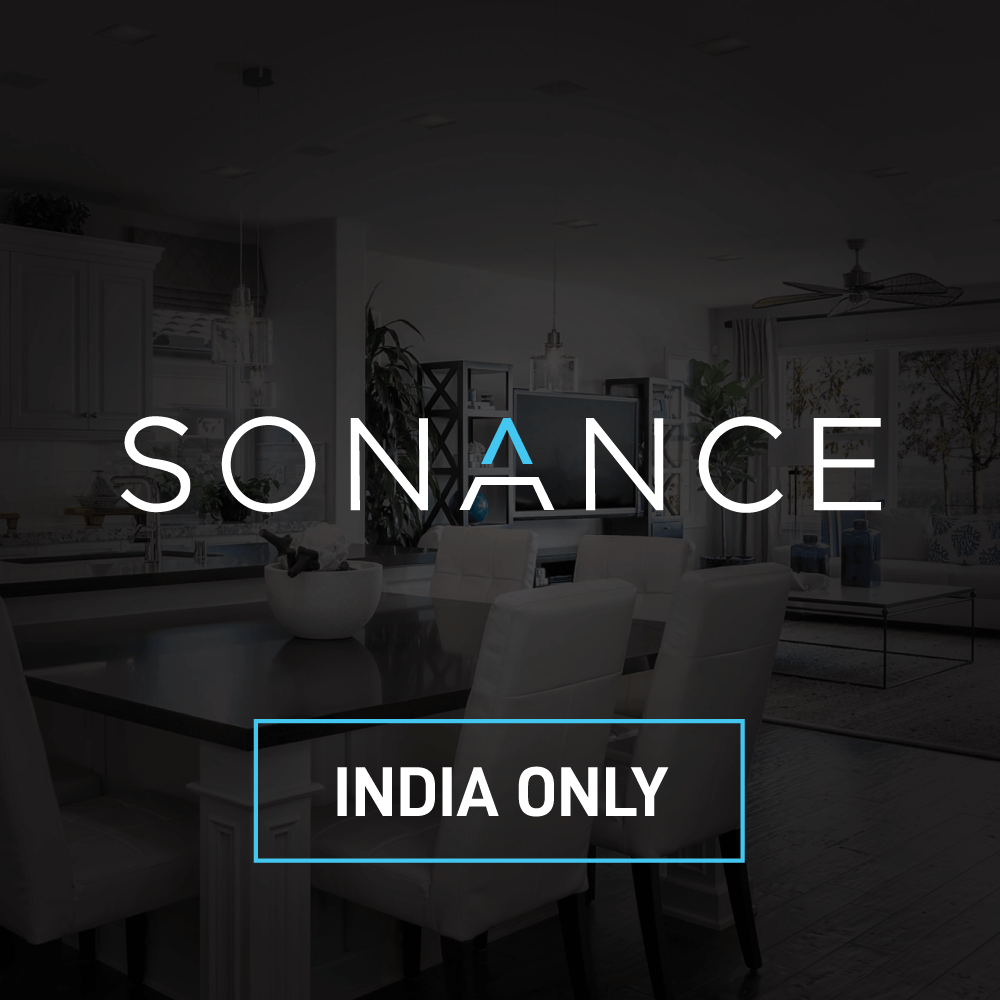UK – For their second Dead Wax project with Laine Pub Company – this time in Norwich – Penguin Media Solutions spun Optimal Audio into the mix, supporting a Martin Audio system that hits the perfect groove for vinyl devotees and indie-music fans, extending effortlessly into every corner of the venue.
With patrons eager to see the venue reopen, Penguin’s Technical Project Manager Dylan Thompson worked closely with Laine designer Rob Hall, were tasked with restoring the magic. The brief was clear: “avoid a black box in each corner” and instead embrace quirky, mission-critical solutions that matched Dead Wax’s personality and its creative crowd.
On the ground floor bar, Thompson built the foundation of the system around warmth and musicality, specifying Optimal Audio Sub10s to deliver full-bodied low-frequency support that complements the venue’s vinyl-focused aesthetic.
Across the remainder of the venue, Optimal Audio Cuboid 3TX loudspeakers extend the experience into every nook – covering toilets, stairwells and the outdoor smoking area with consistent, comfortable sound. IP-rated kits ensure the system performs reliably in exposed locations, while amplification from Linea Research provides clean, stable power throughout.
Opening night confirmed the impact, with queues forming down the street. “It is different from Brighton though still very music-centric and really fits what Norwich is about, with an arts college next door,” says Thompson. “I thoroughly enjoyed working on this … and it was great to work with a client that allowed us to flirt with it!”
Rob Hall echoes the sentiment: “What the system has done is elevate the whole venue and given a flexibility that was not there before. It does lots of things at the same time in a warm and layered way. You can feel the quality at low volume, but at the same time the impact of the venue is epic. It delivers the flexibility and multipurpose solution we wanted.”
With Optimal Audio delivering clarity, warmth and simplicity in a symbiotic solution with Martin Audio and Linea Research across the space, Dead Wax Norwich is ready for a new generation of music lovers – spinning, playing and performing exactly as the venue deserves.

